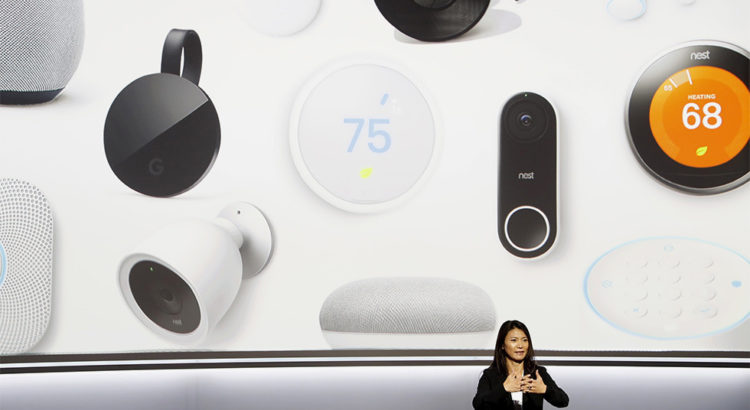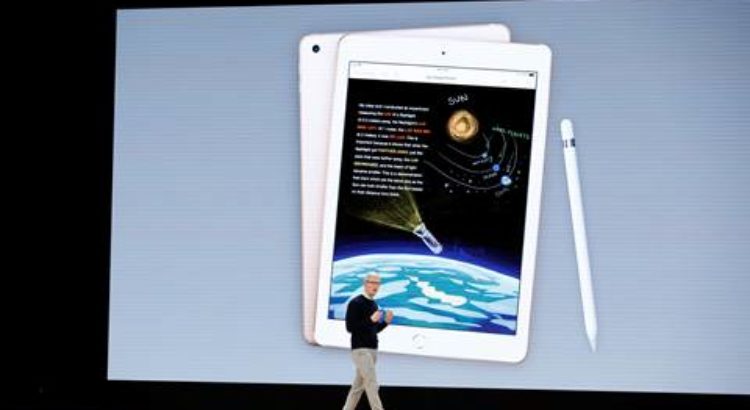By: Russia Today
The latest “smart-home” device from Mountain View comes equipped with a constantly-scanning facial-recognition-enabled camera that can’t be shut off, only ‘disabled’ with a switch that also (supposedly) deactivates the microphone. Just as the device is constantly listening for its “wake word,” it is prepared to leap into action at the sight of its owner’s visage.
The Nest Hub, as its name suggests, serves as a “hub” for other internet-of-things devices like thermostats, surveillance cameras, and doorbells – which also come equipped with facial recognition, in case the user misses that feeling of being constantly spied on when they finally come home after a long day of surveillance outside. It also uploads video from phone calls and camera footage accessed remotely into the cloud and provides a window into your home for anyone with access to your Google or Nest account.
Surely Google learned its lesson after its Google Home AI voice assistant was discovered to be feeding audio of users’ private moments to third-party contractors for “grading” purposes. The company couldn’t possibly make the mistake of allowing that scandal to repeat itself, this time with video.
Google admits it may “use your face data to test future features and recognition algorithms before pushing them to your device,” CNET reported on Monday, citing a statement from the company, which also claimed “no pixels leave the Nest Hub Max” – except when they’re “temporarily processed at Google from time to time to improve the quality of your experience with this device.”
Google will “occasionally use the images you provide during setup to generate a face model in the cloud for a couple of reasons” related to “improving product experience” and “motivated by the fact that we have more computing power available in the cloud,” a company spokesperson told the outlet.
The doublespeak echoes excuses Google made for sharing Home audio snippets, like claiming the use of “language experts” was “necessary to creating products like the Google Assistant.” Unlike Google Home, which neglected to inform the users of that key fact until after it was discovered by a Belgian broadcaster, Nest Hub informs users they’re being surveilled and tracked right up front, when they set up “Face Match.”
A home surveillance system with facial recognition capabilities, capable of detecting the user’s emotions and remotely accessible – what could possibly go wrong? If nothing else, it should inspire a generation of horror filmmakers.
Source and Image: https://www.rt.com/usa/468456-google-nest-hub-personal-panopticon/










 Users Today : 42
Users Today : 42 Total Users : 35460251
Total Users : 35460251 Views Today : 57
Views Today : 57 Total views : 3418952
Total views : 3418952